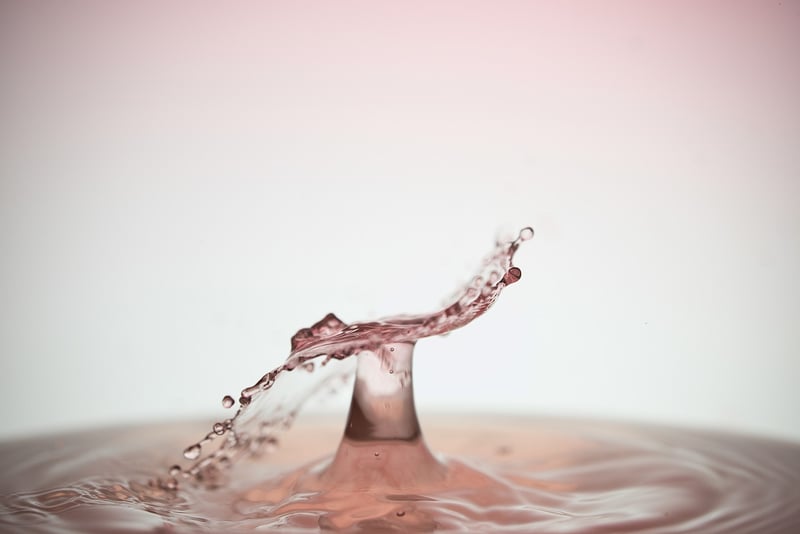Seedling Experiments
Testing Seed Quality and Seedling Experiments
Ensuring high-quality seeds is essential for successful gardening and farming. Testing seed quality before planting can help you achieve better germination rates and healthier seedlings. Additionally, conducting seedling experiments can provide valuable insights into optimal growing conditions for different plant varieties.
Why Test Seed Quality?
Testing seed quality allows you to assess the viability and vigor of the seeds before investing time and resources into planting. Factors such as moisture content, genetic purity, and disease resistance can impact seed quality. By conducting simple seed tests, you can identify any issues early on and take corrective measures.
Seed Testing Methods
Common methods for testing seed quality include germination tests, moisture tests, and purity tests. Germination tests involve planting a sample of seeds in controlled conditions to determine the percentage of seeds that sprout. Moisture tests assess the moisture content of seeds, while purity tests check for the presence of contaminants or other seeds in the sample.
Seedling Experiments
Seedling experiments involve growing seeds or young plants under different conditions to study their growth patterns and responses. By varying factors such as light intensity, temperature, soil nutrients, and watering frequency, you can observe how different plants react and thrive. This information can help you optimize growing conditions for specific plant species.
Benefits of Seedling Experiments
- Understand plant requirements better
- Optimize growing conditions
- Improve crop yield and quality
- Adapt to environmental challenges
Conclusion
Testing seed quality and conducting seedling experiments are valuable practices for any gardener or farmer looking to maximize their plant growth. By investing time in these activities, you can enhance your understanding of plant biology, improve crop yields, and adapt to changing environmental conditions.
Remember, healthy seeds are the foundation of a successful harvest!

For more information on seed quality testing and seedling experiments, visit University of Minnesota Extension.
